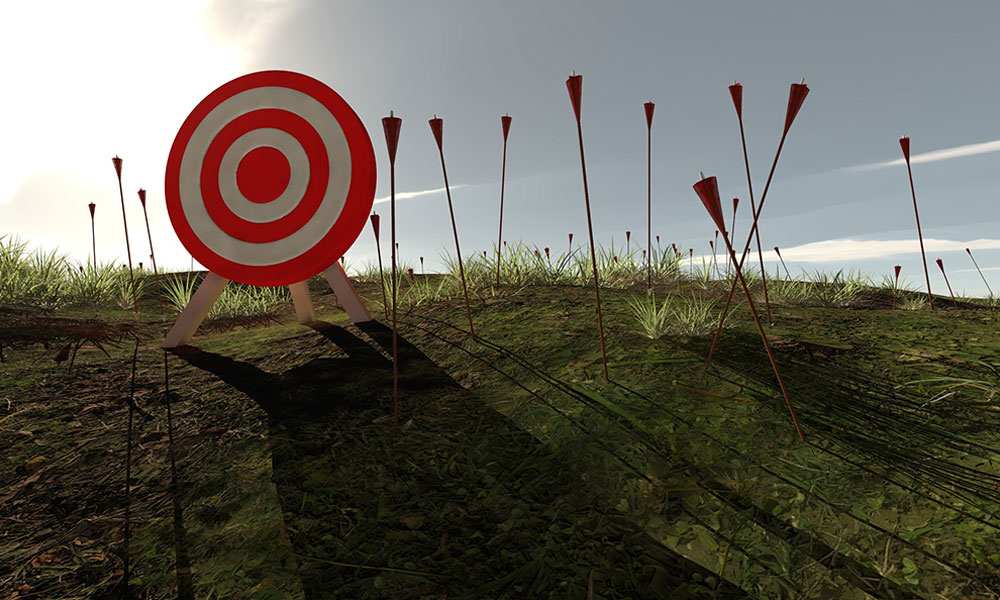I am sure most of you reading this keep to-do lists in some form. But do you have a to-learn list?
In an interview with PayPal CEO and President Dan Schulman, LinkedIn CEO Jeff Weiner highlights the value of to-learn lists:
Virtually all of us in the business world recognise the importance of ongoing learning and development, especially in an era where so much is changing so quickly. While we all have to-do lists – and most people can offer up their to-do lists almost instantaneously – almost no-one I know has a to-learn list. And it seemed like, given how important continuous education and learning is, we should all have a to-learn list.
So, this week, my message focuses on how you can use a to-learn list to become a continual learner.
As careers stretch longer than ever before and technology changes the game at each turn, lifelong learning is the key to being successful and staying relevant.
Few of us take active charge of our own learning journey. While the organisation tries to help out in its own way, it cannot take on the role of a school or university. Ultimately, the responsibility to learn new skills and gain fresh knowledge lies with each of us individually.
The art of list-making
In general, lists are a great tool for keeping our days organised and on track. In To Learn List, Marc Zao-Sanders explains why human beings love lists so much:
The cognitive load of a list is nicely manageable for the 3-pound human brain, which is probably why they’ve proved so popular; the list is a very accessible mental model. More and more journalism is now around lists (e.g. ‘7 ways to…’, ‘6 times when…’, ‘8 tips for…’).
Adult learning can benefit greatly from this easy-to-use model. The idea of a to-learn list isn’t a twenty-first century invention – this was used by many in the past. One of the most famous examples is of Leonardo da Vinci, whose to-learn list included items such as:
- Ask about the measurement of the sun, promised me by Maestro Giovanni Francese
- Find a Master of Hydraulics and get him to tell you how to repair a lock, canal and mill, in the Lombard manner
- Describe the tongue of a woodpecker
Da Vinci’s list is a good illustration of the breadth of learning opportunities available to us – more so now than ever before, thanks to the Internet.
Here are seven insights to help you create your to-learn list:
1. Venture beyond your field
As you think of the activities you want on your to-learn list, keep in mind that the demand for interdisciplinary skills is on the rise. In other words, your learning goals don’t have to be directly connected to your current job responsibilities. If something different and unrelated catches your interest, don’t dismiss it. Your new knowledge could help you at work in ways you don’t yet understand or come into play later in your career.
Diving into unfamiliar territory will also give you more “mental models”, which is a crucial component of problem-solving and innovation. Charlie Munger, Warren Buffet’s business partner and one of the most successful investors in the world, is a huge advocate of having varied mental models in your head:
The first rule is that you’ve got to have multiple models — because if you just have one or two that you’re using, the nature of human psychology is such that you’ll torture reality so that it fits your models… And the models have to come from multiple disciplines because all the wisdom of the world is not to be found in one little academic department.
2. Harness your curiosity
Curiosity is an invaluable trait. When harnessed correctly, it keeps you sharp, drives growth and creates opportunities. Sadly, all too often, curiosity goes to waste. You start to wonder about something while at work, then quickly dismiss the thought because you don’t want to be “distracted”. Or you give your curiosity free rein and go down an Internet rabbit-hole that ends up taking a few hours out of your day!
A to-learn list enables you to channel your curiosity more productively and gives you the clarity you need to shape your learning journey. Keep your list at hand while working, so you can note down the questions that pop up during your workday and come back to them later. Not only will this increase the overall sum of your knowledge, it will also prevent you from getting side-tracked while you’re focused on an important task.
3. Conserve your energy
By quickly jotting down your mental wonderings and getting back to work, you are able to deflect distraction and stay in the flow of your productive mental state. In Want the mind of Leonardo Da Vinci? Keep a “to-learn” list, David Kadavy explains that this prevents your energy from being depleted due to task-switching:
Switching immediately from trying to produce work to exploring a topic can be mentally exhausting. This is made worse by the fact that by exploring a topic, you’ve taken yourself farther from the goal of actually producing work. Your to-learn list lets you attack your curiosities later, with a fresh well of energy.
4. Own it, customise it
As Zao-Sanders notes in the article mentioned above, your to-learn list is entirely yours. There’s no set template for curiosity and learning; the only important thing is that it should work for you.
It might include annotations, sketches, early clues and follow-up thoughts. It might be reflective. It might be combinations of ideas. It might incorporate some To Do actions. It might not be grammatical or make sense to anyone but you. That’s the beauty of it.
At the same time, it’s good to get as specific as you can with the individual items on your list. Broad, vague goals like “know more about economic trend X” should be broken down into activities such as “meet economist friend to learn reasons for trend X” and “read latest book on trend X”. The more action-oriented your items are, the more likely you are to actually do them.
5. Turn it into action
Zao-Sanders explains that your to-learn list can work in tandem with your to-do list or calendar; this could be one effective way of putting theory into practice.
Maybe you reserve a single slot on your To Do list for the top item from your To Learn list. Maybe you commit to learning one thing each day or each week. Maybe you spend an hour a week learning. Put these lists into a calendar – a practice called timeboxing – and suddenly the music starts and the dance begins.
6. Keep it accessible
While your master to-learn list may be stored safely on your laptop or written down in a diary, it’s a good idea to keep a short version on your smartphone. This way, if you’re stuck in traffic or waiting for an appointment, you can satisfy your curiosity and learn a couple of new things – rather than killing time on social media.
7. Prune and refresh
Every few weeks, it’s time for quick housekeeping. If you’re a naturally curious person, your to-learn’s will definitely increase faster than you can keep up. A long, unwieldy list can overwhelm you and make it tough to know where to start. So, aim for quality rather than quantity. Keeping your to-learn list short, focused and manageable is the best way to facilitate meaningful, continual learning.
So, why not start making your list today?








Comments